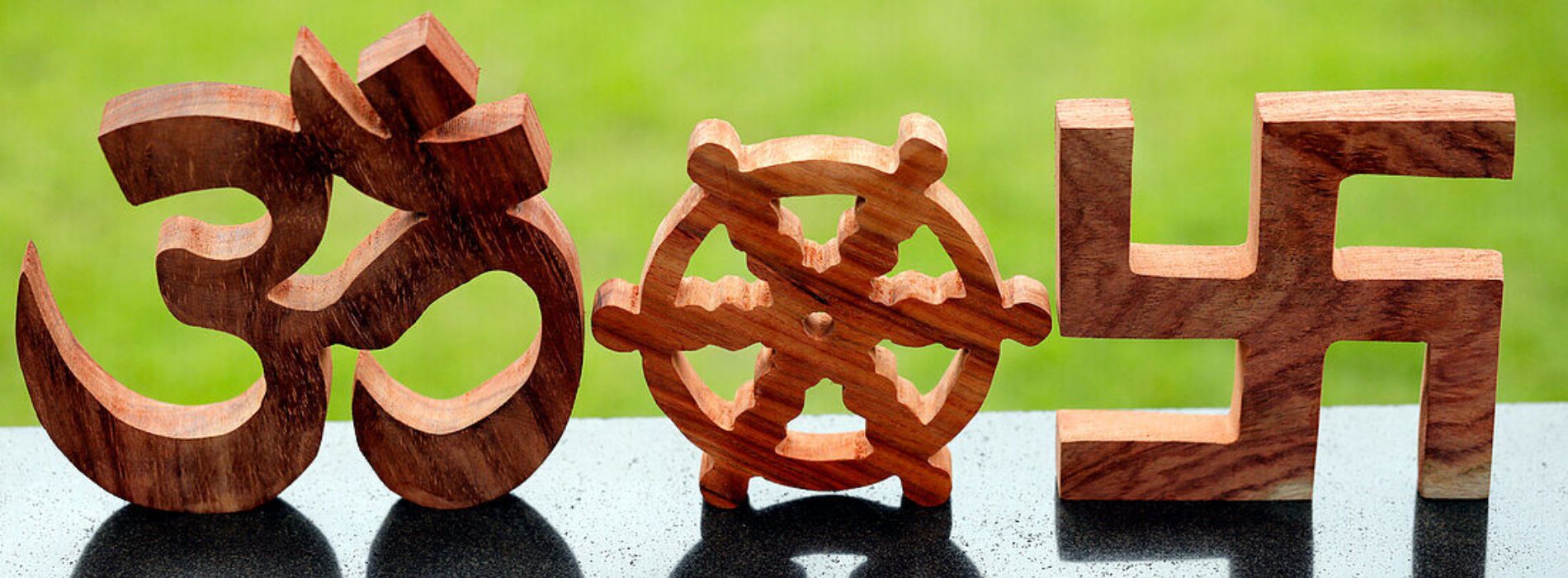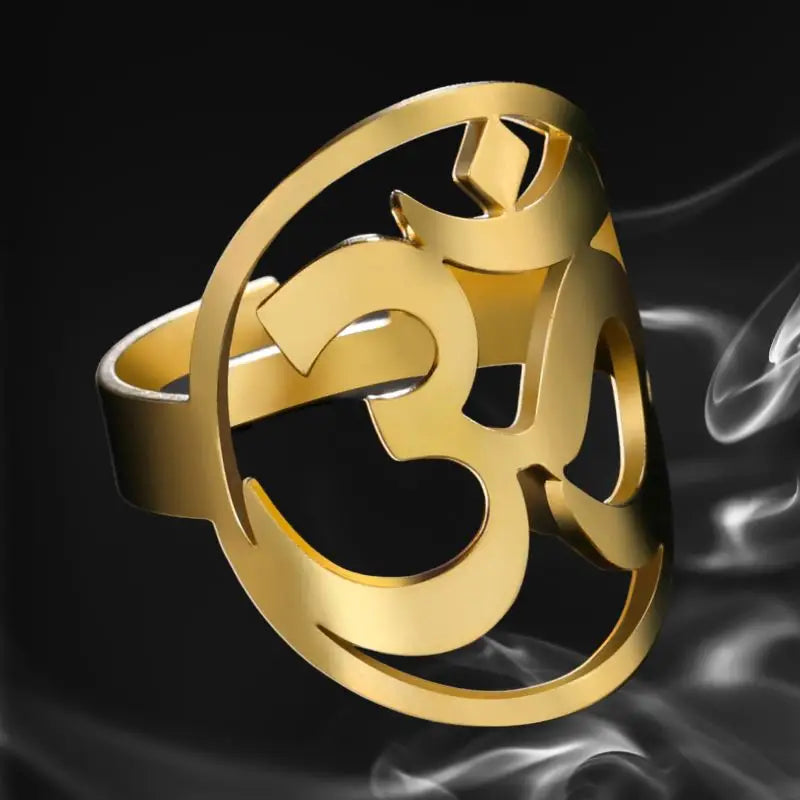What is the symbol of Buddhism? Discover the deeper meanings of Dharma Wheel
The meaning of the symbol of Buddhism
Buddhism is an ancient religion with many traditions and beliefs, but one of the most recognizable symbols of Buddhism is the Wheel of Dharma. This symbol is also known as "Wheel of Law" or "Dharmachakra" in Sanskrit.
The Wheel of Dharma is composed of eight radial spokes, which represent the Eight Noble Paths of Buddhism: right vision, right thought, right speech, right action, the means of right livelihood, right effort, right attention and right concentration. These eight paths are considered the fundamental principles of Buddhism and are often taught in Buddhist schools around the world.
The story of the Wheel of Dharma
The origin of the Wheel of Dharma dates back to the early teachings of the Buddha himself. According to Buddhist tradition, after his enlightenment, the Buddha gave his first teaching in the town of Sarnath in India. He explained the Four Noble Truths and the Eight Noble Paths, and used the metaphor of a wheel to illustrate the cyclical nature of life and suffering.
Thus, the Wheel of Dharma became a powerful symbol to represent the teachings of the Buddha and the path to enlightenment.
The Wheel of Dharma is often depicted with three main components: the outer rim, the eight spokes, and the central axis. The outer rim symbolizes the discipline and ethics of Buddhism, with the eight spokes representing the Eight Noble Paths, and the central axis symbolizes meditation and concentration.
The symbolism of the Wheel of Dharma
The Dharma Wheel has multiple meanings and symbolizes different aspects of Buddhism.
It firstly represents the teachings of the Buddha and the path to enlightenment. The eight spokes of the Wheel of Dharma are the eight steps necessary to achieve liberation from suffering and spiritual awakening.
Next, the Wheel of Dharma is also a symbol of the cycle of life and death. Like a wheel, life turns inevitably, with ups and downs, and suffering is inevitable. However, Buddhism teaches that through understanding the Four Noble Truths and practicing the Eight Noble Paths, one can free oneself from the cycle of rebirth and achieve enlightenment.
Finally, the Wheel of Dharma can also represent the Buddhist community. Each spoke of the Wheel represents one of the eight aspects of Buddhist practice, and together they represent the unity and harmony of the Buddhist community.
The different representations of the Wheel of Dharma
The Wheel of Dharma is represented in different ways in Buddhist art. The most common shape is that of a circle with eight radii, but there are also more elaborate representations with ornamental designs and additional symbols.
For example, in Tibetan Buddhism, the Wheel of Dharma is often surrounded by two snakes, representing protection and wisdom. She can also be depicted with jewels or symbols of wealth, symbolizing the treasure of Buddhist teachings.
The meaning of the color of the Wheel of Dharma
The color of the Dharma Wheel can vary according to different Buddhist traditions. In Tibetan Buddhism, for example, the Wheel is often represented in three colors: white, red and blue.
White symbolizes the purity and truth of the Buddha's teachings, red represents meditation and concentration, and blue symbolizes energy and compassion.
In other traditions, such as Theravada Buddhism, the Wheel of Dharma is usually depicted in gold or silver, symbolizing the precious nature of the Buddha's teachings.
The presence of the Wheel of Dharma in contemporary Buddhism
Today, the Wheel of Dharma is an omnipresent symbol in Buddhist practices. It is found in temples, monasteries, ritual objects and works of Buddhist art.
It is also used as an emblem by many Buddhist organizations and is a recognized symbol of Buddhism throughout the world.
The Dharma Wheel has also become popular outside of Buddhism and is often used in tattoo designs, jewelry and other decorative items.
In conclusion
The Dharma Wheel is a profound and powerful symbol of Buddhism, representing the teachings of the Buddha, the path to enlightenment and the cycle of life and death. With its eight spokes symbolizing the Eight Noble Paths, the Wheel of Dharma reminds Buddhists of the importance of discipline, meditation and understanding the nature of suffering.
Whether in Buddhist temples, ritual objects or in Buddhist art, the presence of the Wheel of Dharma is a constant in contemporary Buddhism, continuing to inspire and guide the practitioners on the path to enlightenment.













































